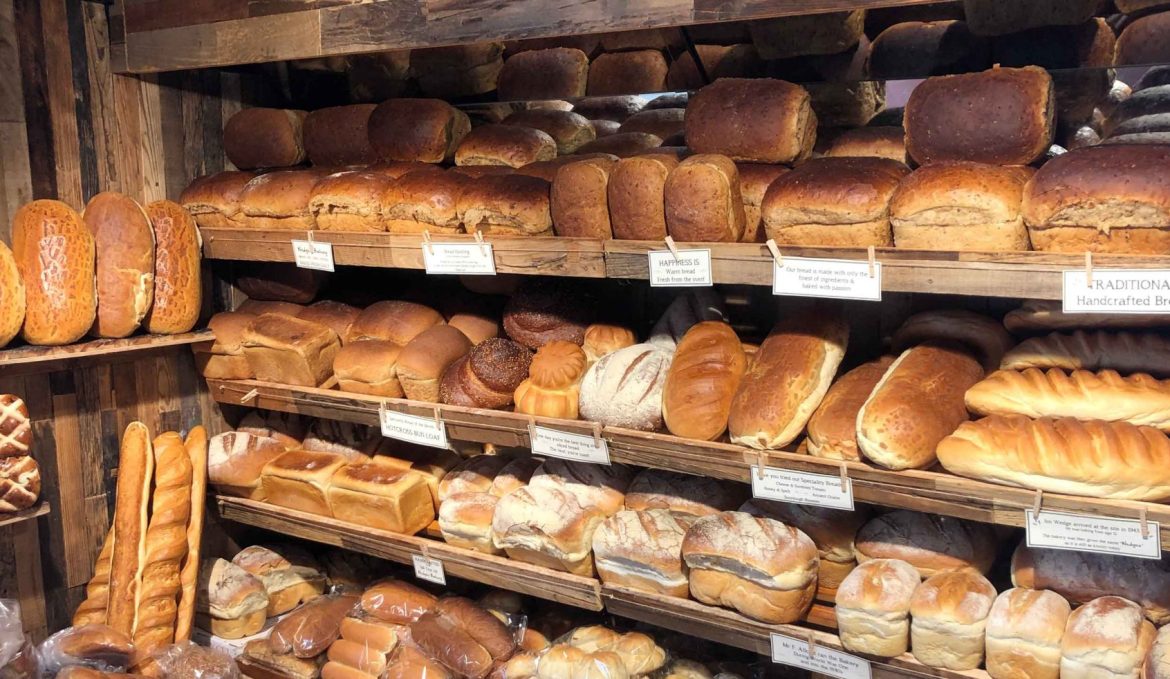
Introduction
When one thinks of Italy, images of stunning landscapes, rich history, and, of course, mouthwatering cuisine flood the mind. At the heart of this culinary heritage lie the Italian bakeries, where centuries-old traditions and passion for baking converge to create an authentic Italian experience. These bakeries are more than just places to buy bread; they are a portal to the soul of Italy, reflecting its culture, history, and the indomitable spirit of its people.
A Rich History
Italian bakeries boast a rich history that dates back to ancient times. The art of bread-making in Italy can be traced to the Roman era, where public ovens were established to feed the masses. As the centuries passed, each region of Italy developed its own unique bread recipes and techniques, creating a diverse tapestry of flavors and textures that are still celebrated today.
Cultural Significance
Beyond being centers of culinary excellence, Italian bakeries hold a deep cultural significance. In Italy, breaking bread is a symbol of camaraderie, and sharing a loaf of freshly baked bread with friends and family is a cherished tradition. Italian bakeries have been witnessed to countless celebrations, from weddings to birthdays, where intricately decorated bread and pastries take center stage. Even during times of hardship, such as wars and economic crises, these bakeries have persevered, symbolizing the resilience and tenacity of the Italian people. They are a testament to the enduring cultural values that have been passed down through the generations.
Influence Beyond Italy
The influence of Italian bakeries extends far beyond the country’s borders. As Italian immigrants spread across the globe in search of new opportunities, they took with them their cherished baking traditions. Today, you can find Italian bakeries in nearly every corner of the world, from New York City to Buenos Aires. These bakeries not only serve as a taste of Italy for the Italian diaspora but also introduce the world to the wonders of Italian bread and pastries. They act as ambassadors of Italian culture, bridging the gap between distant lands and the heart and soul of Italy itself. This global reach is a testament to the enduring appeal and universal love for Italian baked goods.
The Local Flavor
One of the most remarkable aspects of Italian bakeries is their commitment to using locally-sourced, high-quality ingredients. Italian bakers take immense pride in crafting their products from the freshest and finest ingredients available. Whether it’s the durum wheat for pasta, olive oil from groves in Tuscany, or the renowned San Marzano tomatoes, these bakeries celebrate the flavors of their specific regions, giving each bite a unique and unmistakable taste.
Preserving Culinary Heritage
Italian bakeries are not just purveyors of delicious baked goods; they are also custodians of culinary heritage. The commitment to using locally-sourced, high-quality ingredients is not a mere preference but a way of preserving centuries-old traditions. These bakeries often collaborate with local farmers and producers, ensuring that traditional ingredients, like heirloom grains and artisanal cheeses, continue to thrive. In doing so, they play a vital role in safeguarding Italy’s agricultural biodiversity and sustaining the unique flavors that have made Italian cuisine a global treasure.
A Taste of Terroir
Each region in Italy has its own “terroir,” a unique combination of soil, climate, and culture that imparts distinct characteristics to the ingredients produced there. Italian bakers fully embrace this concept, believing that the taste of a region is embedded in its ingredients. For example, the air-dried prosciutto from Parma, the aromatic truffles from Piedmont, and the pungent cheeses from Lombardy all contribute to the regional identity found in Italian bakery offerings. By celebrating these local flavors, Italian bakeries offer not only delicious treats but also a journey through the diverse landscapes and culinary traditions of Italy, inviting visitors to savor the essence of each region with every bite.
The Bread
At the heart of these Italian bakeries lies the soulful symphony of Italian bread. It’s not just sustenance; it’s a profound connection to history and tradition. The variety of Italian bread is nothing short of breathtaking, with each type of bread telling a captivating story of its region, its people, and the unwavering dedication of the bakers who have perfected their craft over generations.
Consider the iconic ciabatta, its rustic appearance hiding a soft and chewy interior—a tribute to the wheat fields of Veneto and the genius of Italian bakers. Focaccia, with its fragrant olive oil and sea salt, whispers of the coastal regions where it was born, kissed by the Mediterranean breeze. Pane toscano, the simple yet hearty Tuscan bread, mirrors the resilience and timelessness of the people of Tuscany. And then there are the grissini, those airy, crisp breadsticks that have charmed taste buds for centuries, echoing the elegance and precision of Italian culinary tradition.
These breads are more than mere staples; they are living testaments to Italy’s rich cultural heritage, each slice preserving the legacy of the land from which it springs. When you bite into a piece of Italian bread, you’re not just tasting dough and yeast; you’re biting into history, geography, and the enduring love affair between a people and their land.
A Taste of Terroir
Italy’s rich culinary tapestry is woven from the threads of its diverse regions, each boasting its own unique “terroir.” This concept of terroir encompasses the interplay of soil, climate, and culture, resulting in ingredients that carry the unmistakable essence of their birthplace. Italian bakers are true custodians of this philosophy, embracing it wholeheartedly as they craft their delectable offerings. They firmly believe that the essence of a region is intricately woven into its ingredients, and this belief is beautifully reflected in their creations.
Take, for instance, the air-dried prosciutto from Parma, known for its tender, melt-in-your-mouth quality. It owes its exceptional taste to the lush pastures and cool breezes of Parma’s terroir, creating the perfect conditions for raising happy, healthy pigs. Similarly, the aromatic truffles from Piedmont, with their earthy and intoxicating aroma, are a testament to the region’s unique soil composition and climate. And let’s not forget the pungent cheeses from Lombardy, where the fertile pastures and centuries-old cheese-making traditions come together to produce cheeses that are the pride of the region. In essence, Italian bakeries become gateways to these regional identities, inviting visitors on a sensory journey through Italy’s diverse landscapes and culinary heritage, allowing them to savor the very soul of each region with every delightful bite.
Traditional Techniques
Italian bakers still rely on traditional methods passed down through generations. Hand-kneading dough, long fermentation times, and the use of natural starters are just some of the time-honored techniques that are embraced. These methods not only contribute to the unparalleled flavor but also connect the baker to their heritage, preserving recipes that have been cherished for centuries.
Beyond Bread: Dolci and Pastries
While bread is a cornerstone of Italian bakery culture, these establishments offer much more. From delicate pastries like cannoli, sfogliatelle, and tiramisu to a dazzling array of cookies and cakes, Italian bakeries satisfy every sweet craving. These treats, often made with the same dedication to tradition, add a sweet touch to the Italian culinary experience.
Community and Tradition
Italian bakeries are more than just businesses; they are pillars of their communities. They serve as gathering places where neighbors meet, families share stories, and friends enjoy a cup of espresso with a freshly baked pastry. The sense of community and tradition that permeates these bakeries is an integral part of the Italian way of life.
Conclusion
Italian bakeries are more than just places to buy food; they are a portal into the heart and soul of Italy itself. Through centuries of tradition, a commitment to quality, and a profound connection to their communities, these bakeries encapsulate the essence of Italian culture. Each bite of bread, every sweet indulgence, is a testament to the love and passion that Italians have for their culinary heritage. So, the next time you step into an Italian bakery, remember that you’re not just buying food; you’re experiencing a slice of Italy’s soul.






